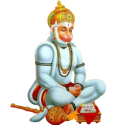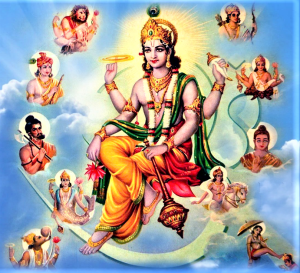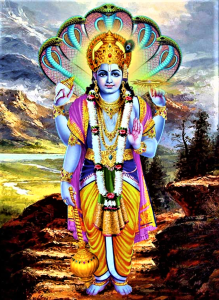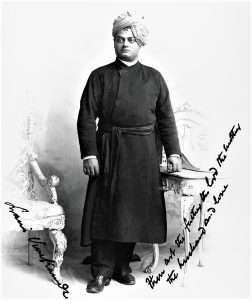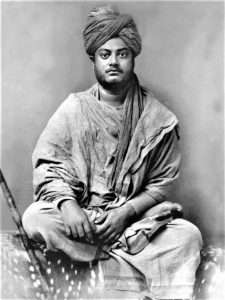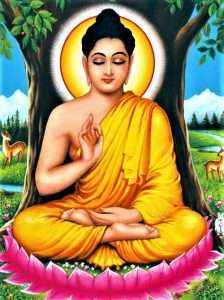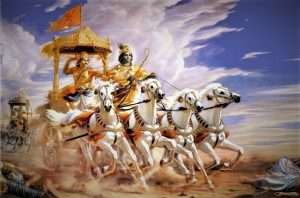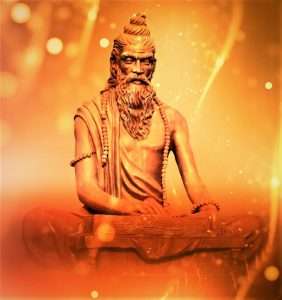Hatha Yoga
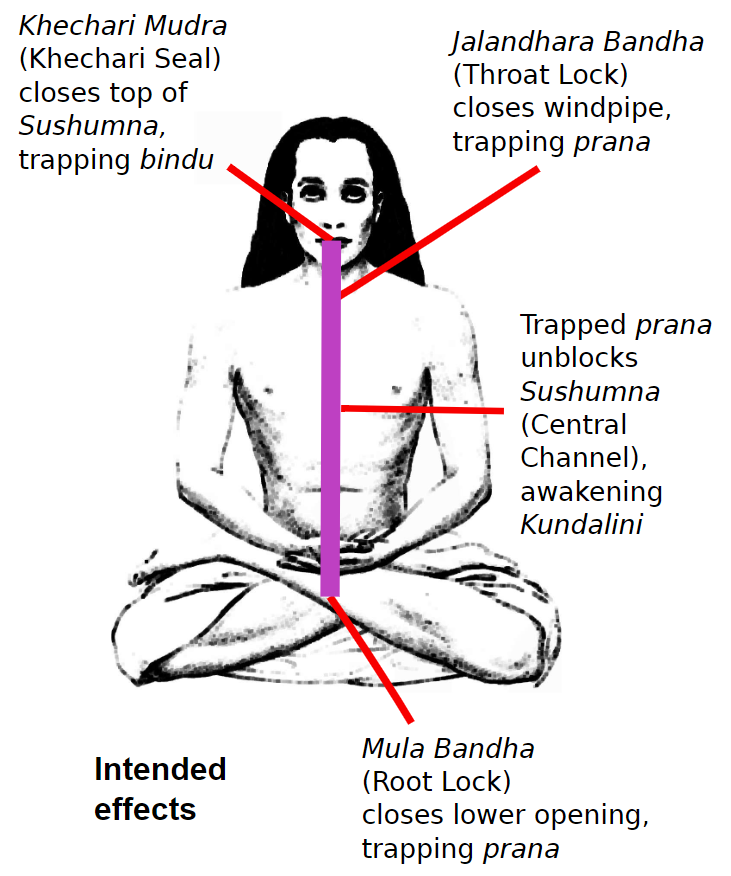
Hatha Yoga is a very ancient branch of Yoga. The word “Hatha” is combination of the term ‘Ha’ and ‘Tha’. The two words, represent two different forces in the body. The word “Ha” means the solar or vital force and the word “Tha” means the lunar or mental force. The balance of these two forces is the purpose of Hatha Yoga. The solar force is also known as Prana shakti and the lunar force is also known as Chitta shakti. In the outer reality the Sun represents the Ha (Prana) and the Moon represents the Tha (Mind). These two forces are connected to the hemispheres of our nervous system in the following way –
The solar energy – sympathetic nervous system
The lunar energy – parasympathetic nervous system.
The Solar energy is governed by the flow of Pingala Nadi (Right nostril) and the Lunar energy is governed by the flow of Ida Nadi (Left nostril). Harmonizing these two forces to attain physical, mental, emotional and spiritual health is the ambit of Hatha Yoga. When these two forces come to a state of balance, then the third force which is spiritual (Sushumna Nadi) become active. At the awakened state of Sushumna Nadi, spiritual dimension begin to unfold and a Yogi gradually attains the higher experiences of Yoga such as psychic powers, wisdom and liberation. Hatha imbibes various level of practices. Some of them are the followings –
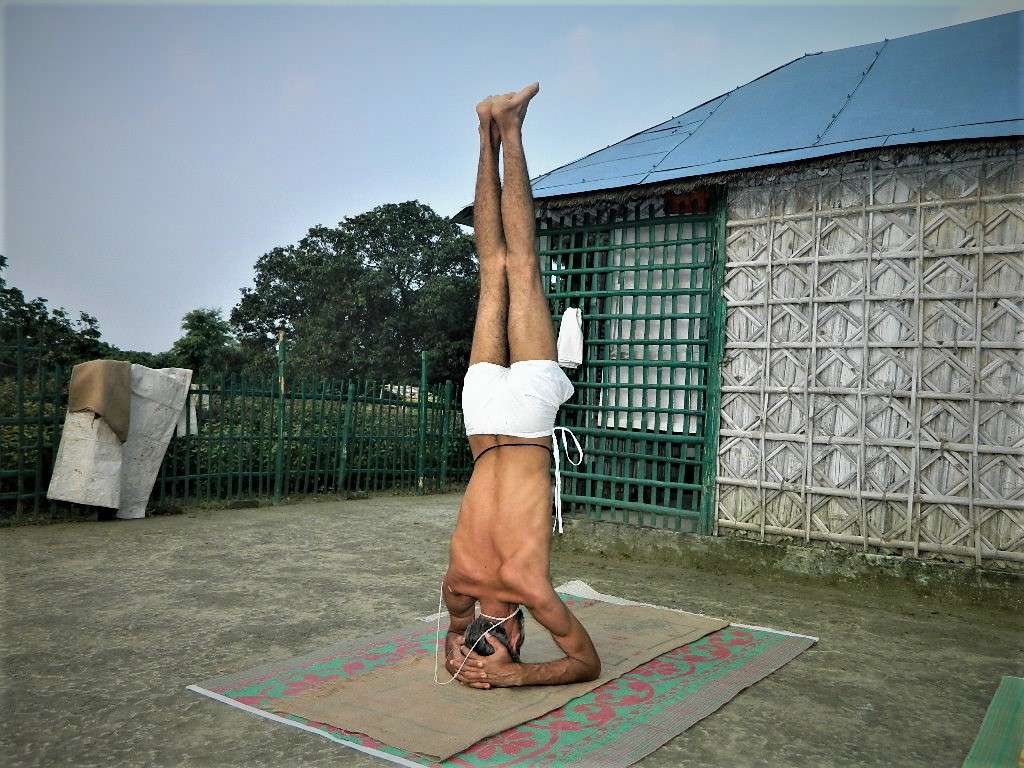
1. Satkarma – The word Satkarma means six practices. Hatha Yoga begins with Satkarma, which are specific practices to purify the body and internal systems. They are –
- Neti – Cleansing the nasal passage
- Dhauti – Cleansing the stomach, intestines and entire food passage from mouth to anus
- Nauli – Churning the abdominal organs
- Basti – Washing or cleansing the large intestine.
- Kapalbhati – A breathing technique to clean the frontal region of the brain.
- Trataka – The practice of intense gazing at one point or object to develop the power of concentration.
With the above practices we begin Hatha Yoga. The later practices of Hatha Yoga are –
2. Asana – The second practice asana is known as a posture or condition of the body in which one is able to regulate and bring about balance in the various functions of the internal organs. With the practice of asanas many illnesses which come due to imbalance in lifestyle are eradicated. The right combination of asanas is effective in the management and treatment of many diseases and illnesses that occur in life, including diabetes, asthma, arthritis, cancer and HIV.
3. Pranayama – The Pranayama is practised to increase the vitality of the body. There are various kinds of pranayamas. Some of them are Bhastrika which generates heat in the body, increase blood pressure and the heartbeat, Sheetali/Sheetakari which cools the various parts of the body and relaxes them and Nadi Shodhana which involves balancing the energies and senses.

4. Mudra – The fourth practice of hatha Yoga is mudra. In Indian tradition Mudras are used in many ways such as dancers use hand mudras, eye mudras, face mudras and the various mudras of the body etc. In the similar way Mudras are also used in Yoga as well. There are many kinds of Mudras used in Hatha Yoga. In the distal body parts like the fingers, the top of the head or the feet, the energy is always dissipated away from these body parts. When mudras, like jnana mudra, are practised, it is observed that the energy re-enters the body again. This means that the recycling of energy is taking place. The benefit of using mudras is that energy previously wasted is reabsorbed and preserved.
5. Bandha – The fifth component of Hatha Yoga is the practice of bandhas (locks), which stimulate the awakening of the various psychic centres. Bandhas are of three types: Jalandhara bandha (neck lock), Uddiyana bandha (abdominal lock) and the Moola bandha (perineum lock). The use of bandhas unites the energy by blocking it, then by releasing the bandha the energy is distributed.
These are the six components of Hatha Yoga. These practices of Hatha Yoga harmonize, reorganize and balances the physical structure, the energy system and allows one to move into the dimension of the mind. By balancing and harmonizing the body and energy one can moves into the dimension of mind. Then Raja Yoga which is the Yoga of the control of mind begins.
6. Dhyana – The sixth component of Hatha Yoga is the practices to control senses and mind. In different texts of Haṭha Yoga different techniques have been explained. Hatha Yoga Pradipika, Shiva Samhita and Gheranda Samhita discusses many such methods of concentration and meditation. In all these texts, meditation is considered as the higher form of practices which is goal of all different practices such as asana, pranayama and others.
With Love and Gratefulness (Founder Rohit Kumar)
Source – Ancient texts of Yoga, texts of Swami Sivananda, Swami Satyananda, Swami Niranjanananda Saraswati and personal study.
Hari Om Tat Sat!

